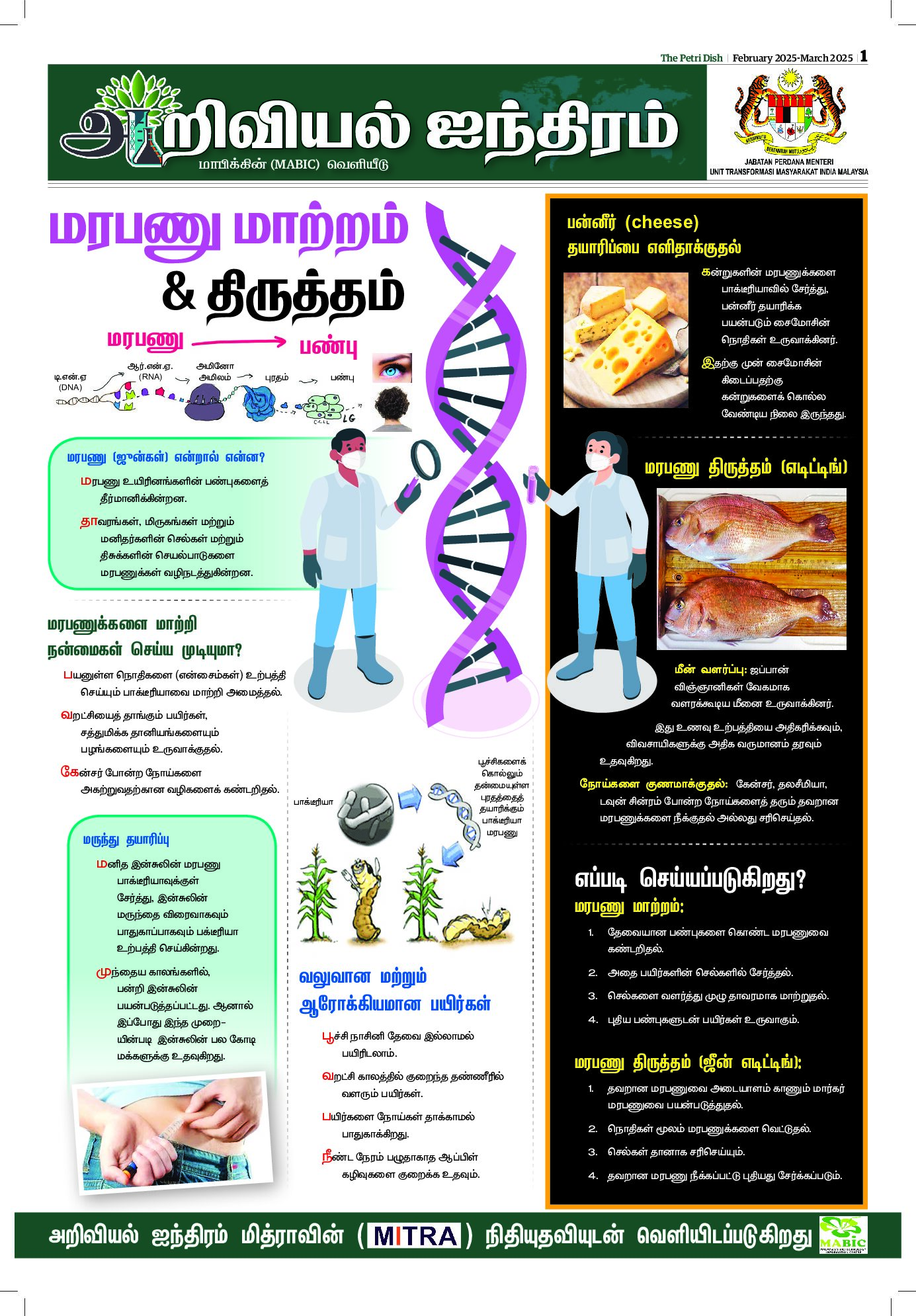SOME tropical fruits such as durian and jackfruit may soon change the way we charge our smartphones or electric cars in the near future.
This is according to a study highlighted in several media including Popular Mechanics
According to several global media a team of scientists led by associate professor Vincent G. Gomes at the University of Sydney has found a method to turn fruit cores from durians and jackfruits into potentially high performing electrochemical supercapacitors – or energy storage devices with high energy density – which can then be further developed into applications such as batteries for electronic devices and transportation.
“Supercapacitors are promising for energy storage due to their superior cycling stability and excellent charge-discharge ability,” the scientists wrote in a paper. In energy speak, a cycle refers to the process of fully charging and draining a battery.
Supercapacitors have two main advantages over batteries used in devices like smartphones – they can be recharged very quickly, and they can be charged over and over without degrading them much, unlike lithium-ion batteries that rely on chemical reaction to generate power.
Despite these benefits, supercapacitors are not used as widely as batteries because they generally have a lower energy density, and are also currently cost-prohibitive as the industry’s standard carbon-graphene mix (used to coat the electrodes in supercapacitors) costs between RM400 and RM500 per gram – precisely what Gomes and his team hope to address by turning to relatively inexpensive organic waste from the jackfruit and the durian.
The scientists detailed the process of extracting biomass samples from the “inedible spongy core of each fruit” – or the white fibrous part of the fruit that nobody eats – to turn them into black, highly porous and ultralight forms of aerogel in a paper published in the Journal Of Energy Storage in February.
According to the scientists, their approach has been “successful in developing high surface area, aerogel-based electrodes which have higher capacitances than traditional carbon materials” used in today’s supercapacitors. In other words, the scientists claimed that their new biowaste-derived supercapacitors are higher-performing and cheaper than current supercapacitors.
The scientists added that due to global warming and rapidly depleting fossil fuels, there is a need to develop energy storage devices with high energy density from alternative sources.
“Converting food wastes into value-added products will not only improve the overall economy but also reduce environmental pollution,” they concluded.













